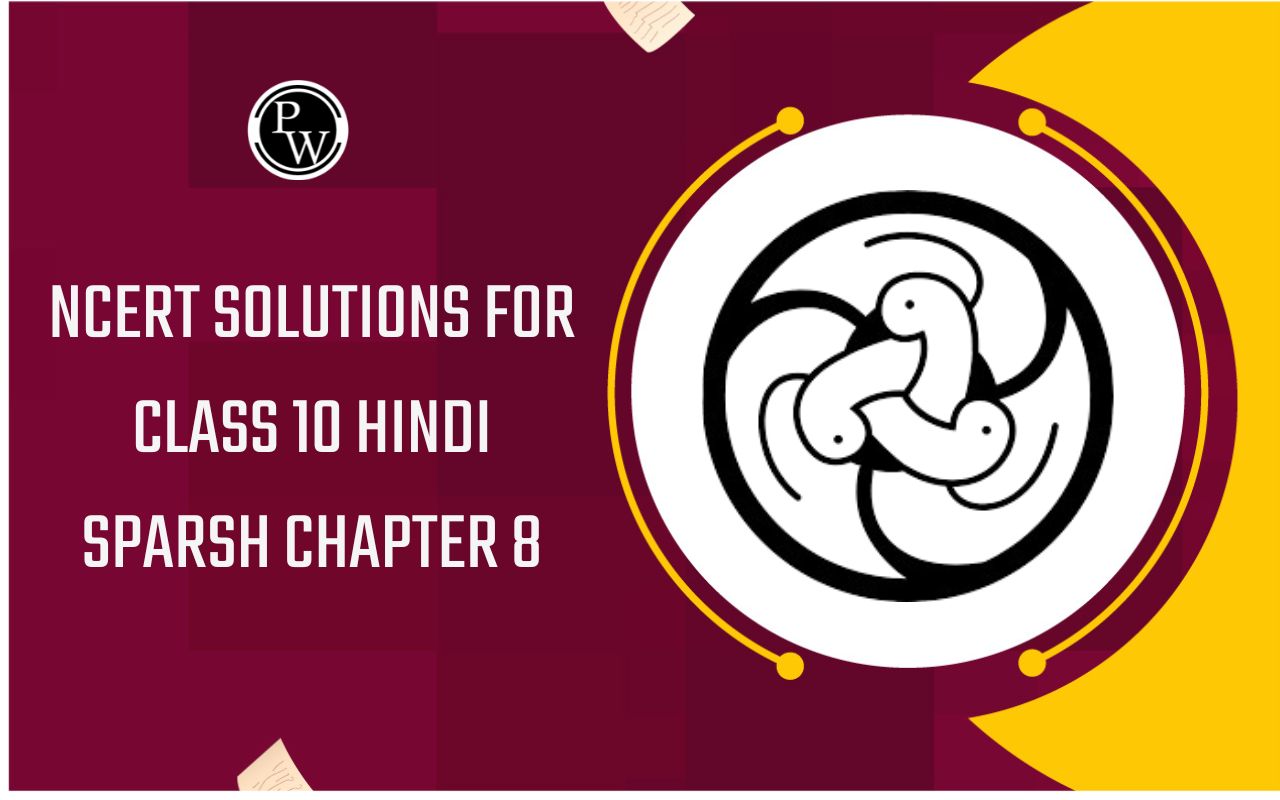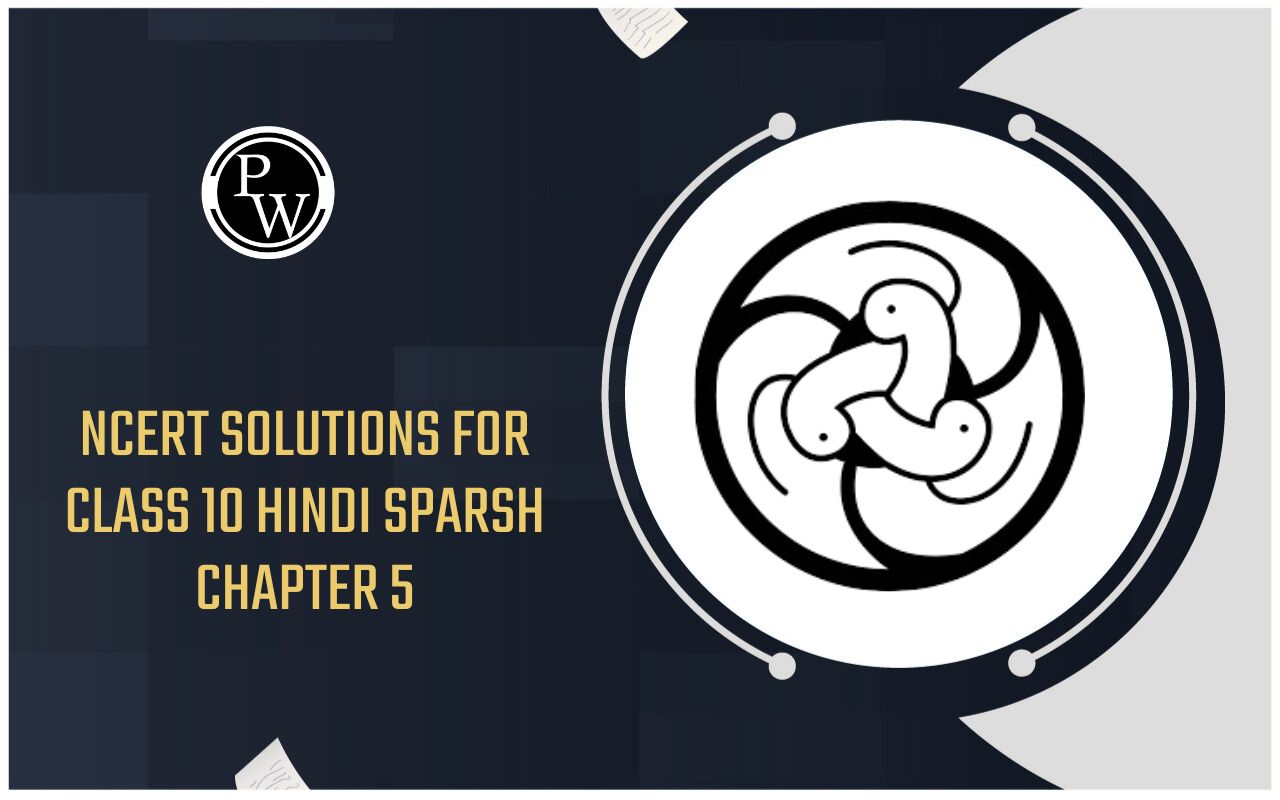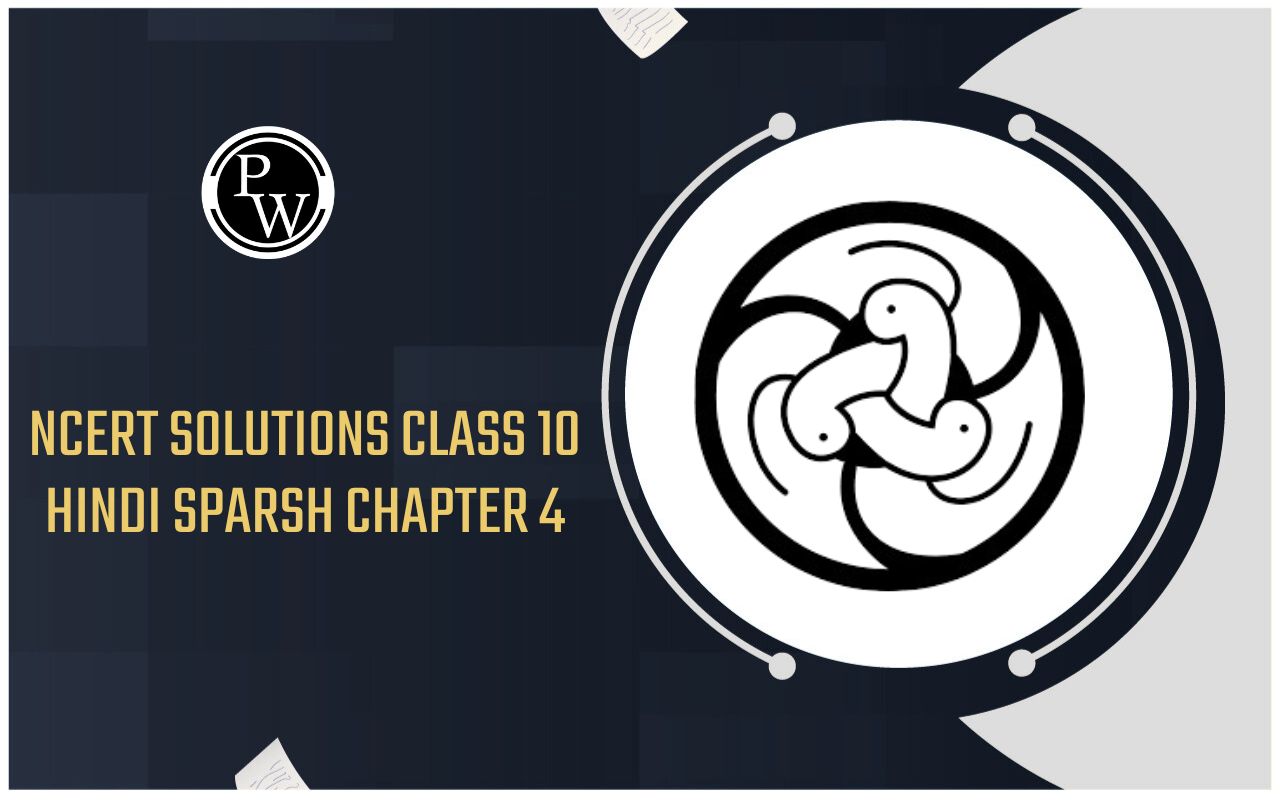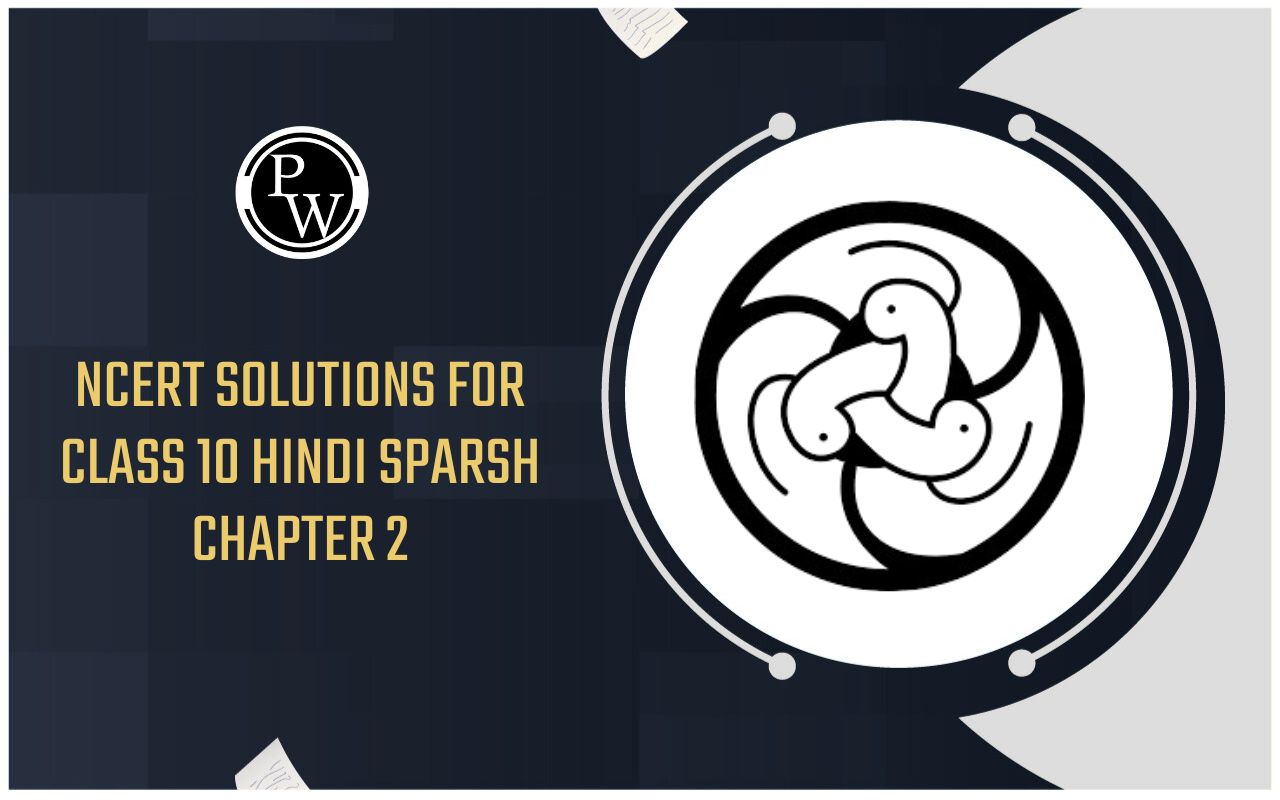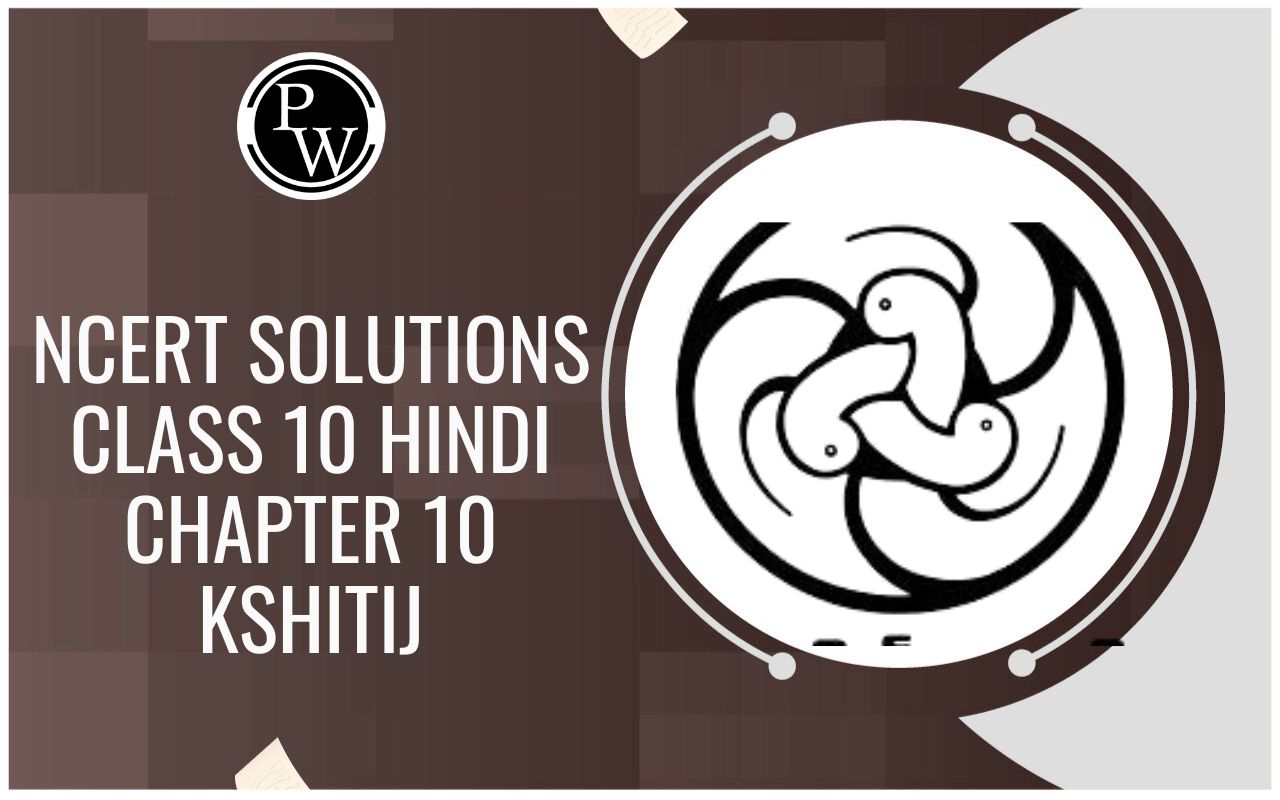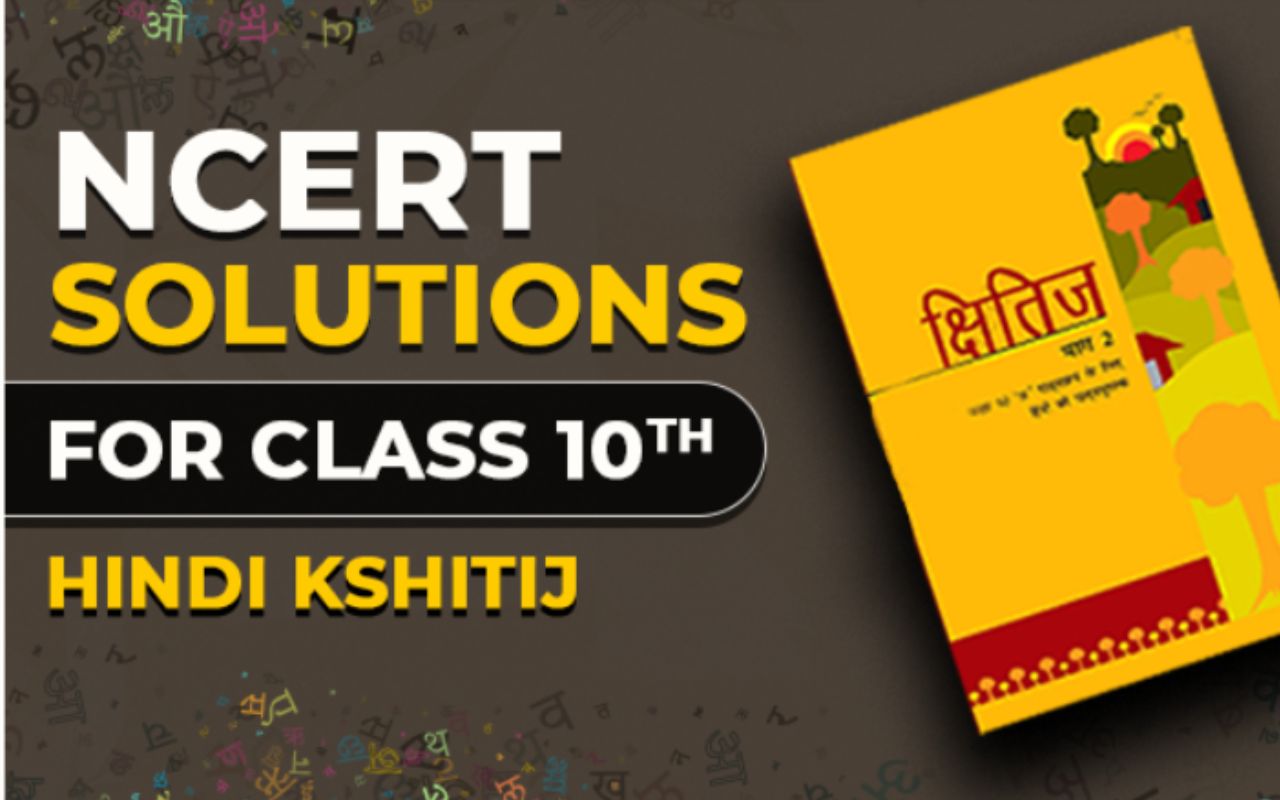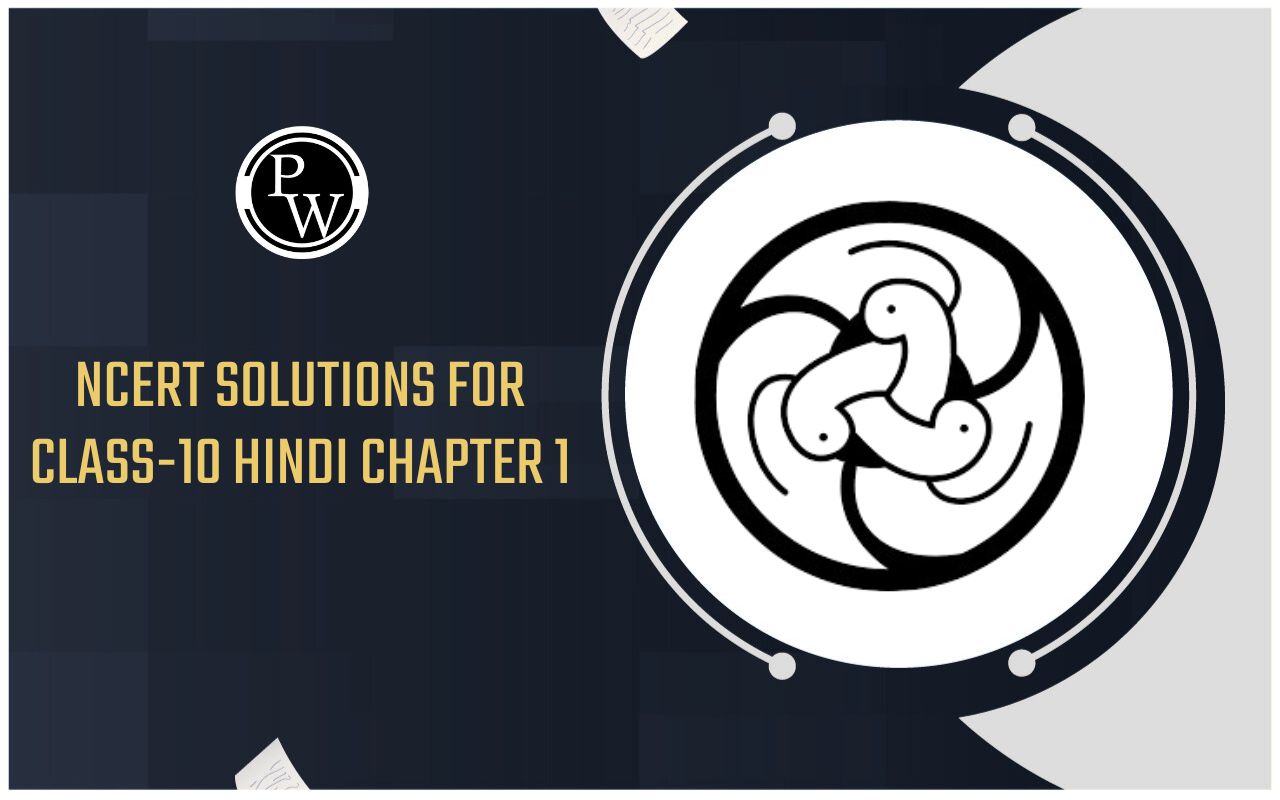
CBSE Worksheet for chapter-2 Is Matter Around Us Pure class 9
Worksheet For class 9
Find CBSE Worksheet for chapter-2 Is Matter Around Us Pure class 9
CLASS-9
BOARD: CBSE
Chemistry Worksheet - 2
TOPIC: Is Matter Around Us Pure
For other CBSE Worksheet for class 9 Science check out main page of Physics Wallah.
IS MATTER AROUND US PURE
This page is prepared by the Academic team of Physics Wallah which consists of CBSE Worksheet for Class 9 Science. Students of Class 9 Science can get a free Worksheet for Class 9 Science in PDF format prepared as per the newest syllabus and examination pattern in your schools.
Before solving the Worksheet for class 10 one must read the textbook of your school board exam and try to read the notes given in Physics Wallah class 10 notes sections. Students can also download free pdf of Class 9 Science Notes prepared by teachers and solve important problems provided here with solutions on daily basis to get more scores in school exams and tests.
Physics Wallah worksheets for class 10 SSC can help students practice with tests and quickly revise lessons learned in the classroom with essential resources such as video lessons, short notes, and sample papers. Class 10 Board is one of the most important year for every student and need a good planning and right study material to score good marks in your final exam. For other CBSE Worksheet for class 9 Science check out main page of Physics Wallah.
Is Matter is around us
Summary
- Classification of matter based on chemical composition (properties).
- Elements, metals, non-metals, metalloids.
- Mixtures – homogeneous and heterogeneous.
- Compounds and its properties.
- Difference between –
- Elements and compounds.
- Mixtures and compounds.
- Solutions – true solution, colloidal and suspension.
- Concentration of solution – (weight-weight, weight-volume).
- Saturated and unsaturated solutions, solubility.
- Physical and chemical changes.
Separation of mixtures –
- Solid-solid (by suitable solvent, sublimation, magnet).
- Solid-liquid (by filtration, configuration, evaporation, crystallization, chromatography, distillation).
- Liquid-liquid (by fractional distillation, separating funnel).
- City water supply.
Section-1
-
Which of the following is an example of homogeneous mixture ?
- Brass
- Muddy water
- Soil
- All
-
Soda is an example of :
- gas in a liquid mixture
- liquid in a gas mixture
- solid in a solid mixture
- solid in a gas mixture
-
The smell of perfume spreads out by a process known as –
- evaporation
- diffusion
- condensation
- fusion
-
Which of the following processes is used to obtain pure water from a common salt solution ?
- Filtration
- Distillation
- Fractional distillation
- None of these
-
We can get a pure liquid from a solution by –
- distillation
- crystallization
- evaporation
- sedimentation
-
Which of the following is a compound ?
- air
- milk
- iodine
- water
-
The concentration of the solution is the mass of the solute in grams , which is present in –
- 10gm of solvent
- 10gm of solution
- 100gm of solvent
- 100gm of solution
-
Which of the following will show Tyndall effect ?
- Starch solution
- Sodium chloride solution
- Copper sulphate solution
- Sugar solution
-
Which of the following statement is not true about suspension ?
- The particles of suspension can be separated from solvent by the process of filtration.
- When the suspension is kept undisturbed the particles of suspension settle down.
- A suspension is homogeneous in nature.
- Scattering of light takes place in suspension.
-
Which of the following method is used for separation of different components of petroleum ?
- Fractional distillation
- Sublimation
- Chromatography
- Simple distillation
Section-2
- How much water should be added to 15 grams of salt to obtain 15 percent salt solution ?
- Explain why, water is a compound and not a mixture ?
- Write the difference between colloid, suspension and true solution ?
- How will you separate iron filings, ammonium chloride and sand from their mixture ?
-
Give the example of each of the following :
Emulsion, Gel, Aerosol and Foam. -
Write applications of centrifugation.

